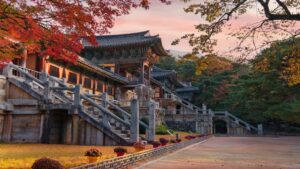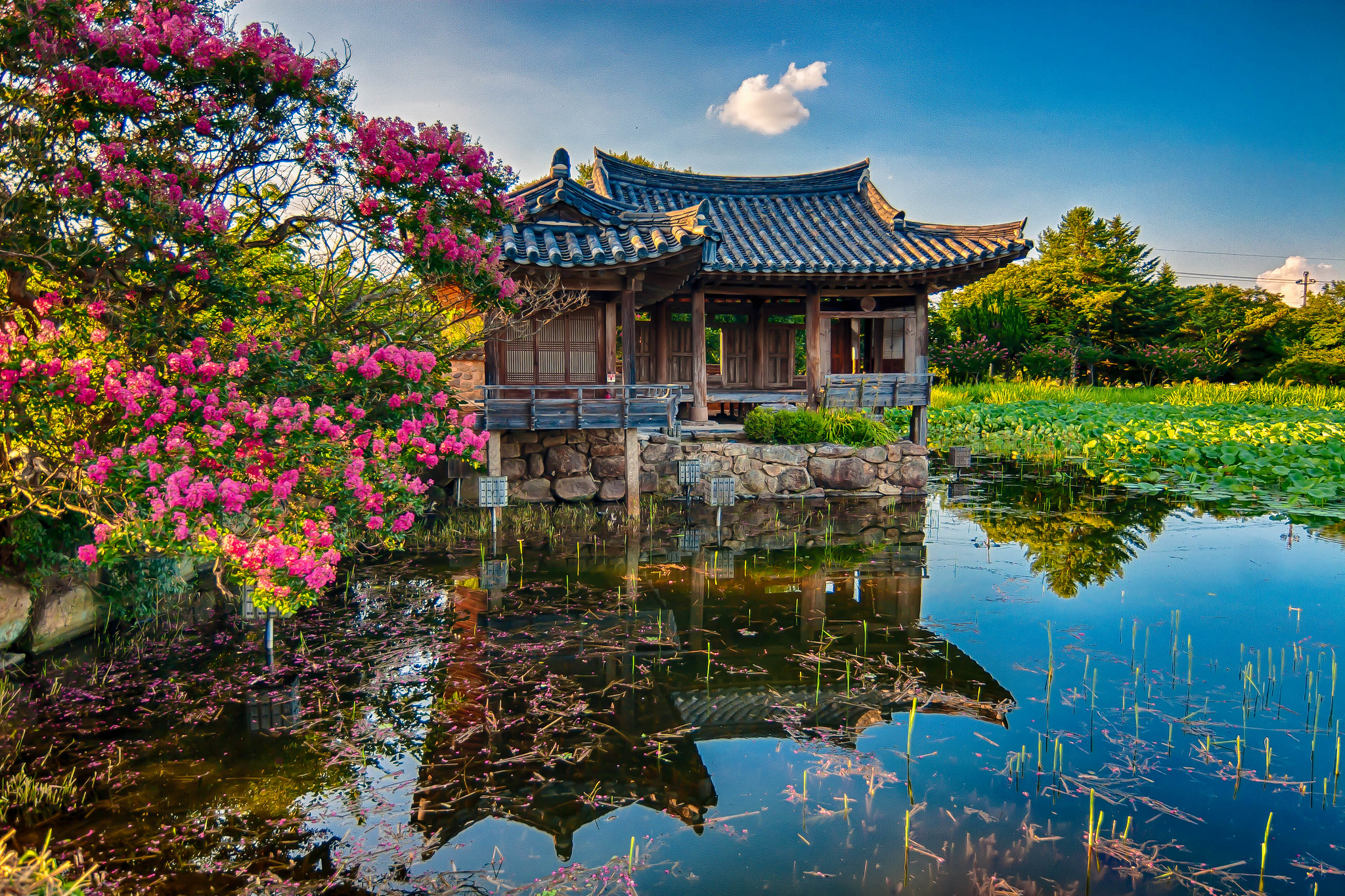Discovering Gyeongju: Korea’s Timeless Open-Air Museum
Nestled in the southeastern corner of South Korea, Gyeongju stands as a living testament to the grandeur of the ancient Silla Kingdom, which ruled the peninsula for nearly a millennium. Often dubbed a “museum without walls,” this UNESCO World Heritage Site captivates visitors with its seamless blend of history, culture, and natural beauty. From the glittering artifacts of royal tombs to serene Buddhist temples nestled in forested hills, Gyeongju offers a rare glimpse into a civilization that harmonized artistic brilliance with spiritual depth. As you wander its landscapes, you’ll encounter relics of a golden age—stone pagodas, celestial observatories, and tranquil gardens
—each whispering tales of dynastic power, philosophical inquiry, and everyday life. This article explores Gyeongju’s enduring legacy, unraveling how a city frozen in time continues to inspire modern travelers and scholars alike.
The Ancient Capital of Silla: Where History Breathes
Gyeongju served as the capital of the Silla Kingdom (57 BCE–935 CE), a period marked by unprecedented cultural and technological advancements. The city’s layout, designed around a grid system influenced by Tang China, reflected its status as a cosmopolitan hub. Key sites like the Bulguksa Temple and Seokguram Grotto epitomize Silla’s Buddhist devotion and architectural ingenuity. The former, a masterpiece of wooden and stone construction, houses national treasures such as the Dabotap and Seokgatap pagodas, while the latter’s serene granite Buddha gazes eternally over the East Sea. Meanwhile, the Cheomseongdae Observatory, one of the world’s oldest surviving astronomical structures, underscores Silla’s scientific curiosity. These landmarks are not mere relics—they are portals to an era when Gyeongju rivaled global centers like Constantinople and Baghdad.

A Treasure Trove of Royal Tombs and Artifacts
The Daereungwon Tomb Complex, with its 23 grassy burial mounds, reveals the opulence of Silla’s aristocracy. Excavations of tombs like Cheonmachong (“Heavenly Horse Tomb”) have unearthed gold crowns, jade jewelry, and intricate pottery, offering insights into burial customs and social hierarchies. The nearby Gyeongju National Museum curates these findings, including the iconic Emille Bell, a 19-ton bronze bell whose resonant sound symbolizes the kingdom’s spiritual aspirations. Such artifacts highlight Silla’s mastery of metallurgy and its role in Silk Road trade networks, which connected Korea to distant cultures. These discoveries also raise intriguing questions: How did Silla’s elite balance Buddhist humility with such lavish displays of wealth? The tombs, silent yet eloquent, invite visitors to ponder this duality.
Nature’s Canvas: Mountains, Lakes, and Spiritual Retreats
Gyeongju’s allure extends beyond its man-made wonders. The sacred Mount Namsan, dotted with over 100 temples and 80 stone Buddha statues, has been a pilgrimage site for over a millennium. Hikers here tread paths once walked by monks and kings, discovering carved reliefs hidden among maple trees. To the east, Bomun Lake offers a tranquil contrast, with cherry blossoms framing pavilions reflected in its waters. This interplay of nature and spirituality is perhaps best embodied by the Yangdong Folk Village, a preserved 15th-century community where Confucian academies and traditional hanok homes nestle against forested slopes. These landscapes are not just backdrops—they are integral to understanding how Silla’s people viewed their place within the cosmos.
Gyeongju Today: Bridging Past and Future
Modern Gyeongju is far from a static relic. Annual festivals like the Silla Cultural Festival resurrect ancient rituals through reenactments and performances, while local artisans preserve crafts such as hanji (traditional paper) weaving. The city also embraces innovation: the Gyeongju Historic Areas use augmented reality to overlay historical scenes onto present-day ruins, creating immersive educational experiences. Even culinary traditions endure, with restaurants serving hwae (raw fish) from nearby Gampo Port, a practice unchanged for centuries. Yet, as high-speed trains whisk visitors from Seoul in under two hours, Gyeongju faces a delicate balancing act—honoring its past while adapting to the demands of global tourism. Its success lies in proving that heritage is not a burden but a bridge.
Conclusion: The Eternal Echo of Silla
Gyeongju is more than a collection of ancient sites; it is a dialogue between time and memory. Through its temples, tombs, and terraced hills, the city tells a story of innovation, spirituality, and resilience—a narrative that resonates in today’s fast-paced world. Whether marveling at the precision of a 1,300-year-old observatory or sipping tea in a centuries-old hanok, visitors are reminded that history is not confined to textbooks but lives in the stones, streams, and stories of places like Gyeongju. As urbanization threatens heritage worldwide, this Korean treasure offers a blueprint for preserving the past without surrendering to stagnation. In Gyeongju, every sunset over Anapji Pond feels like a promise: that the echoes of Silla will never fade.
